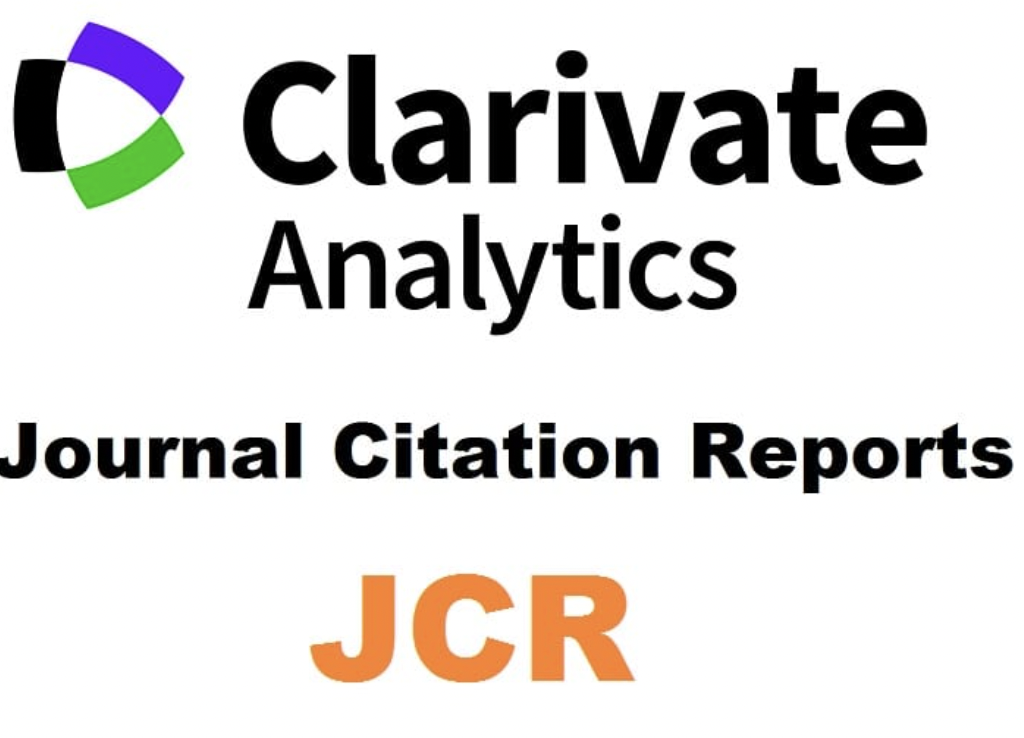Measuring Productive Derivational Knowledge of the Most Frequent Words
Abstract
Derivational knowledge is associated with writing and speaking skills. These skills are essential for EFL students who express themselves in oral presentations or written assignments. Therefore, diagnostic measurement of productive derivational knowledge is of vital importance, especially in regard to the most frequent 1,000 word families that cover 81% and 85% of written and spoken text. This study measured 46 Iranian university EFL students’ productive derivational knowledge of the words at the 1,000 word frequency level. The findings indicate that while participants had the productive form-meaning knowledge of the words at 1,000 level, they did not seem to have extensive derivational knowledge of the same words. This assists in diagnosing area of weakness and placing instructional emphasis on high frequency words.
Downloads
-
Abstract720
-
PDF599
References
Angelova, M. & Riazantseva, A. (1999). If you don’t tell me, how can I know?: A case study of four international students learning to write the US way. Writing Communication, 16(4), 491-525.
Berko, J. (1958). The child’s learning of English morphology. Word, 14, 150–177.
Brezina, V. & Gablasova, D. (2013). Is there a core general vocabulary? Introducing the New General List. Applied Linguistics, 1-23.
Evans, S. & Green, C. (2007). Why EFL is necessary: A survey of Hong Kong tertiary students. Journal of English for Academic Purposes, 6, 3-17.
Gan, Z. (2012). Understanding L2 Speaking Problems: Implications for ESL Curriculum Development in a Teacher Training Institution in Hong Kong. Australian Journal of Teacher Education, 37(1), 43-59.
Ishii, T. & Schmitt, N. (2009). Developing an integrated diagnostic test of vocabulary size and depth. RELC, 40(1), 5-22.
Kucera, H. & Francis, W. N. (1967). Computational analysis of present-day American English. Providence, Rl: Brown University Press.
Laufer, B. & Nation, P. (1999). A Vocabulary Size Test of Controlled Productive Ability. Language Testing, 16(1), 36-55.
Laufer, B., Elder, C., Hill, K. & Congdon, P. (2004). Size and strength: do we need both to measure vocabulary knowledge? Language Testing, 21(2), 202-226.
Laufer, B. & Goldstein, Z. (2004). Testing vocabulary knowledge: size, strength, and computer adaptiveness. Language Learning, 54(3), 399-436.
Liu, M. & Jackson, J. (2008). An exploration of Chinese EFL learners’ unwillingness to communicate and foreign language anxiety. Modern Language Journal, 92, 71-86.
Llach, M. P. A. & Espinosa, S. M. (2014). Knowledge of form and meaning. In J. Milton & T. Fitzpatrick (Eds.), Dimensions of vocabulary knowledge (pp. 60-72). UK: Palgrave Macmillan.
Meara, P. & Jones, G. (1988). Vocabulary size as a placement indicator. In P. Grunwell (Ed.), Applied linguistics in society (pp. 80-87). London: CILT.
Meara, P. (1996). The dimensions of lexical competence. In G. Brown, K. Malmkjaer & J., Williams (Eds.), Performance and competence in second language acquisition (pp. 35-53). Cambridge: Cambridge University Press.
Milton J., Wade, J. & Hopkins, N. (2010). Aural word recognition and oral competence in a foreign language. In R. Chacón-Beltrán, C. Abello-Contesse & M. Torreblanca-López (Eds.), Further insights into non-native vocabulary teaching and learning (pp. 83-98). Bristol: Multilingual Matters.
Milton, J. (2013). Measuring the contribution of vocabulary knowledge to proficiency in the four skills. In C. Bardel, C. Lindquist & L. Laufer (Eds.), L2 vocabulary acquisition, knowledge and use new perspectives on assessment and corpus analysis (pp. 57-78). European Second Language Association.
Nation, I. S. P. (1983). Testing and teaching vocabulary. Guidelines, 5, 12–25.
Nation, I. S. P. (1990). Teaching and learning vocabulary. New York: Newbury House.
Nation, I. S. P. (2001). Learning vocabulary in another language. UK: Cambridge University Press.
Nation, I. S. P. (2006). How large a vocabulary is needed for reading and listening? Canadian Modern Language Review, 63(1), 59-82.
Nation, I. S. P. (2013). Learning vocabulary in another language (2nd edition). UK: Cambridge University Press.
Nyyssonen, L. (2008). Understanding English word formation: a study among 6th-grade pupils in Finish comprehensive school (Unpublished MA Thesis). University of Jyvaskyla, Finland.
Pacheco, E. C. R. (2005). Affixes as a strategy for vocabulary acquisition in a first year ESL college reading course (Unpublished doctoral dissertation). University of Puerto Rico, Puerto Rico.
Read, J. (2000). Assessing vocabulary. Cambridge: Cambridge University Press.
Schmitt, N. & Meara, P. (1997). Researching vocabulary through a word knowledge framework: Word associations and verbal suffixes. SSLA, 20, 17-36.
Schmitt, N. (1998). Tracking the incremental acquisition of second language vocabulary: A longitudinal study. Language Learning, 48(2), 281-317.
Schmitt, N. (1999). The relationship between TOEFL vocabulary items and meaning, association, collocation and word class knowledge. Language Testing, 16, 189-216.
Schmitt, N., Schmitt, D. & Clapham, C. (2001). Developing and exploring the behaviour of two new versions of the Vocabulary Levels Test. Language Testing, 18(1), 55–88.
Schmitt, N. & Zimmerman, C. B. (2002). Derivative word forms: What do learners know? TESOL Quarterly, 36(2), 145-171.
Schmitt, N. (2008). Review article, Instructed second language vocabulary learning. Language Teaching Research, 12(3), 329-363.
Schmitt, N. (2010). Researching vocabulary: A vocabulary research manual. UK: Palgrave Macmillan.
Schoonen, R. (2010). The development of lexical proficiency knowledge and skill. Paper presented at the Copenhagen Symposium on Approaches to the Lexicon, Copenhagen.
Stæhr, L. S. (2008). Vocabulary size and the skills of listening, reading and writing. Language Learning Journal, 36(2), 139-152.
Ward, J. & Chuenjundaeng, J. (2009). Suffix knowledge: Acquisition and applications. System, 37(3), 461-469.
Webb, S. (2005). Receptive and productive vocabulary learning: The effects of reading and writing on word knowledge. Studies in Second Language Acquisition, 27(1), 33-52.
Webb, S. (2007). The effects of repetition on vocabulary knowledge. Applied Linguistics, 28(1), 46-65.
Webb, S. (2008). Receptive and productive vocabulary sizes of L2 learners. Studies in Second Language Acquisition, 30, 79-95.
Webb, S. & Chang, A. C. (2012). Second language vocabulary growth. RELC Journal, 43(1), 113 – 126.
Xue, G. & Nation, I.S.P. (1984). A university word list. Language Learning and Communication, 3(2), 215-229.
Zheng, Y. (2009). Exploring Chinese EFL learners’ receptive and productive vocabulary knowledge: Implications for EFL vocabulary teaching. The Journal of Asia TEFL, 6(1), 163-188.

This work is licensed under a Creative Commons Attribution-NonCommercial-ShareAlike 4.0 International License.
The works published in this journal are subject to the following terms:
1. The Publications Services at the University of Murcia (the publisher) retains the property rights (copyright) of published works, and encourages and enables the reuse of the same under the license specified in item 2.
2. The works are published in the electronic edition of the magazine under a Creative Commons Attribution Non-commercial Share Alike 4.0.
3.Conditions of self-archiving. Authors are encouraged to disseminate pre-print (draft papers prior to being assessed) and/or post-print versions (those reviewed and accepted for publication) of their papers before publication, because it encourages distribution earlier and thus leads to a possible increase in citations and circulation among the academic community.
RoMEO color: green







